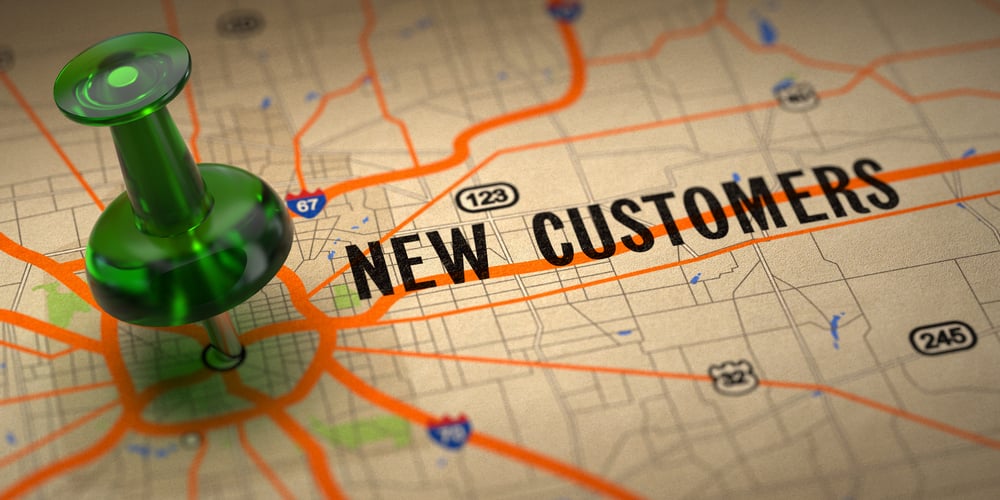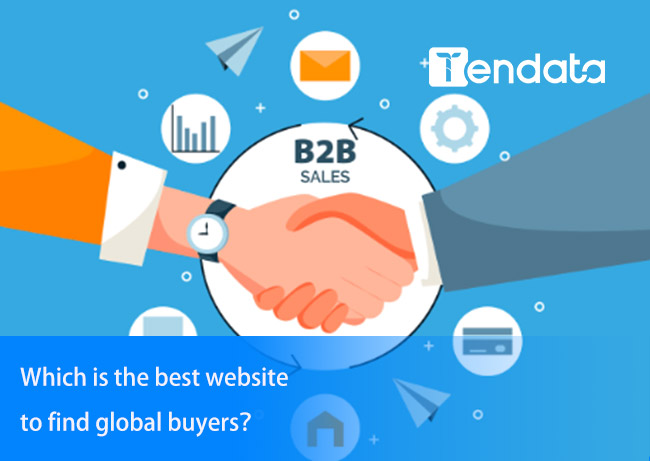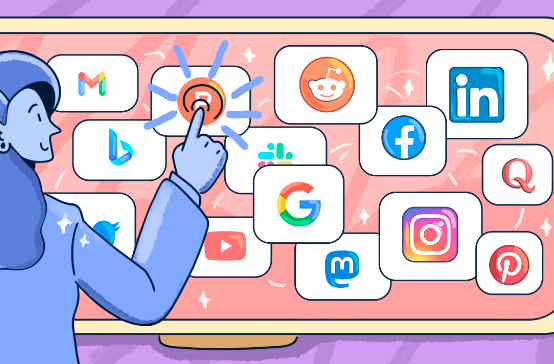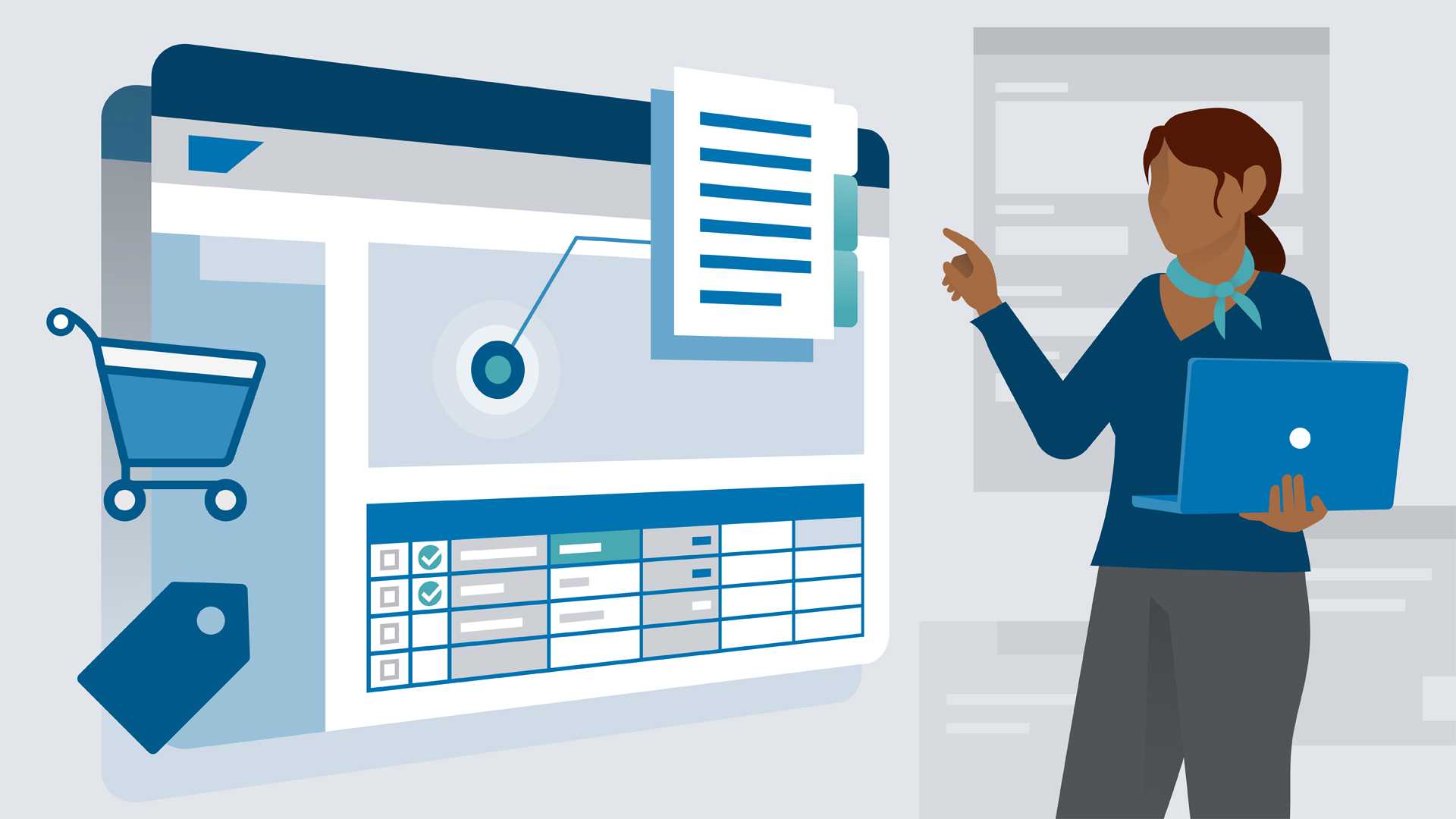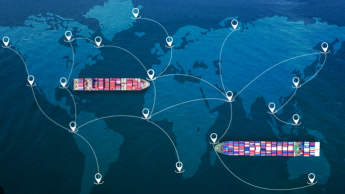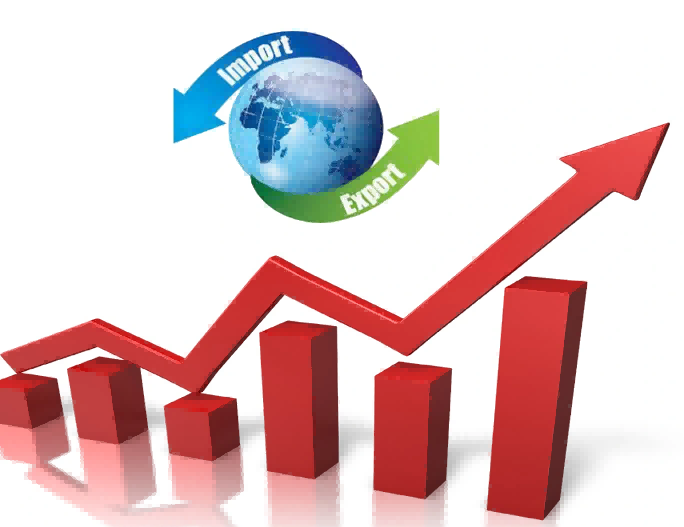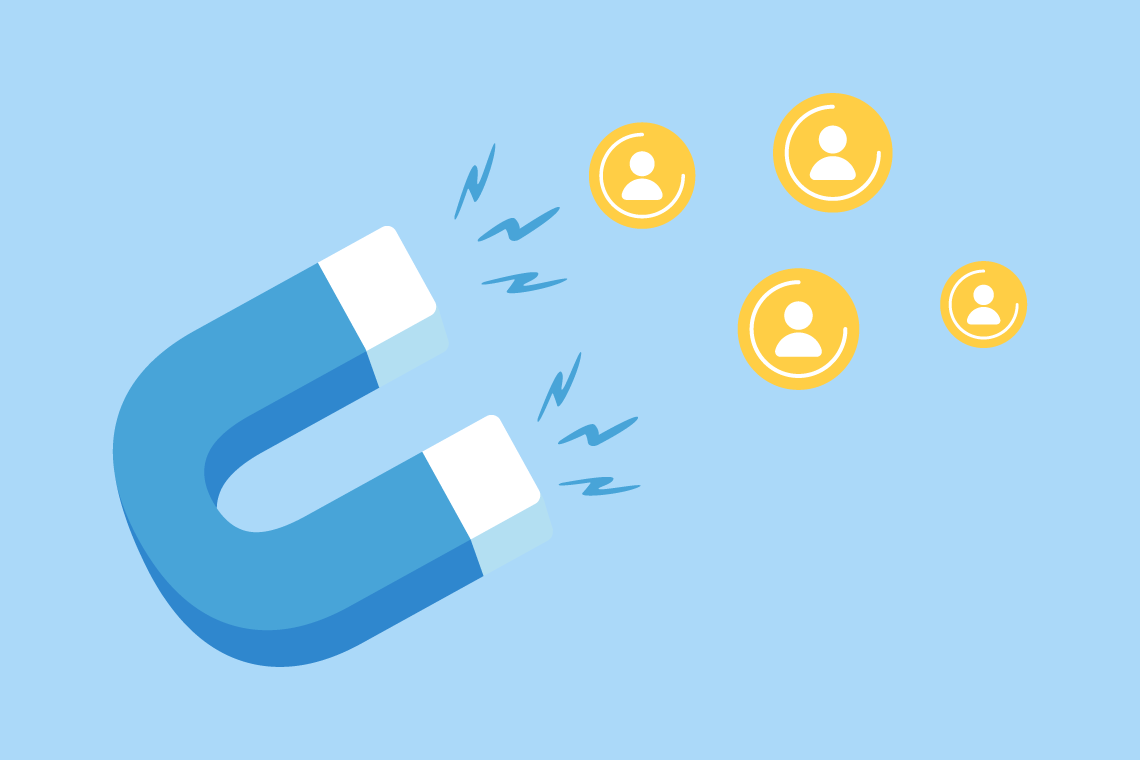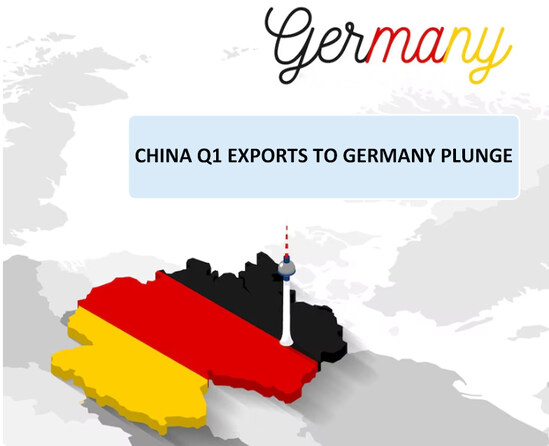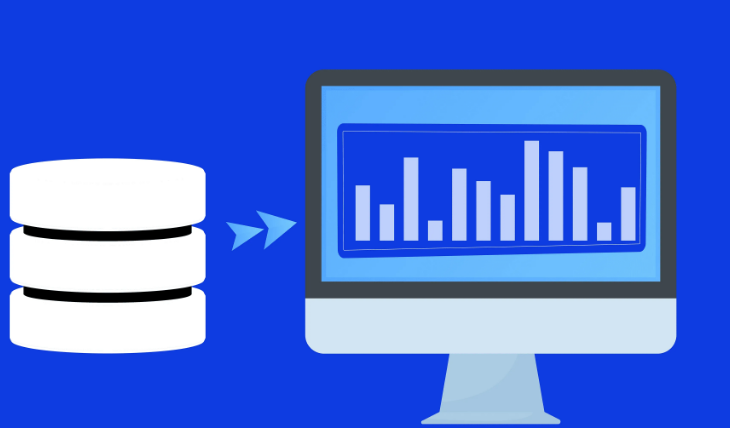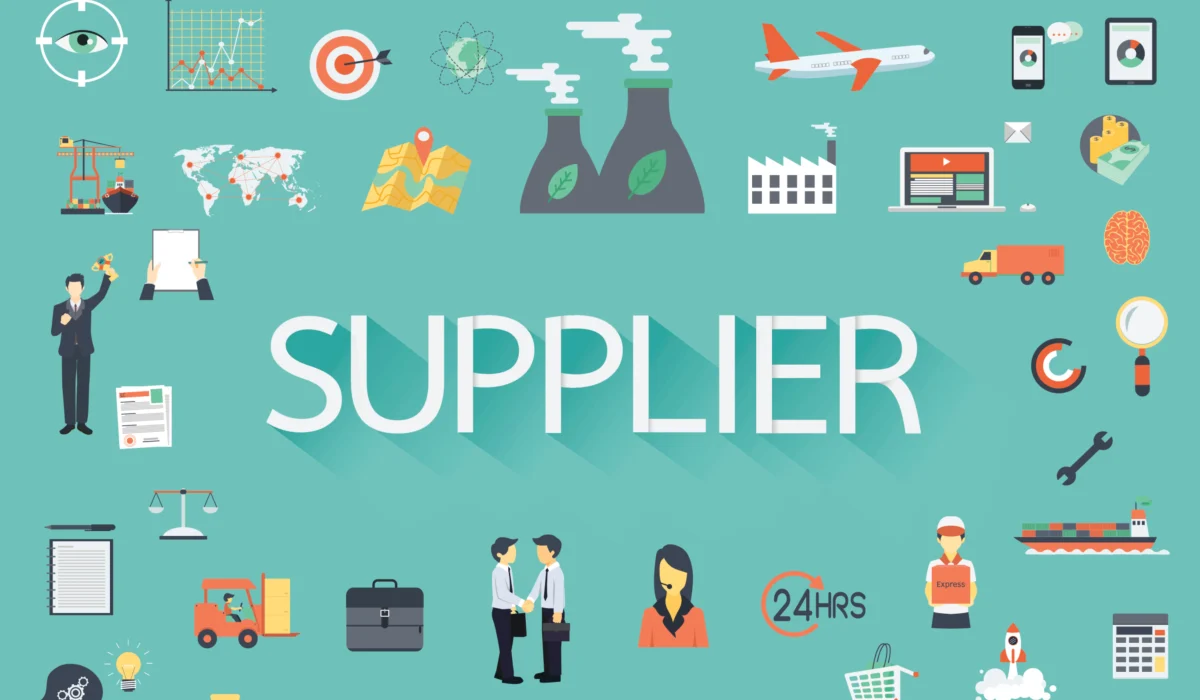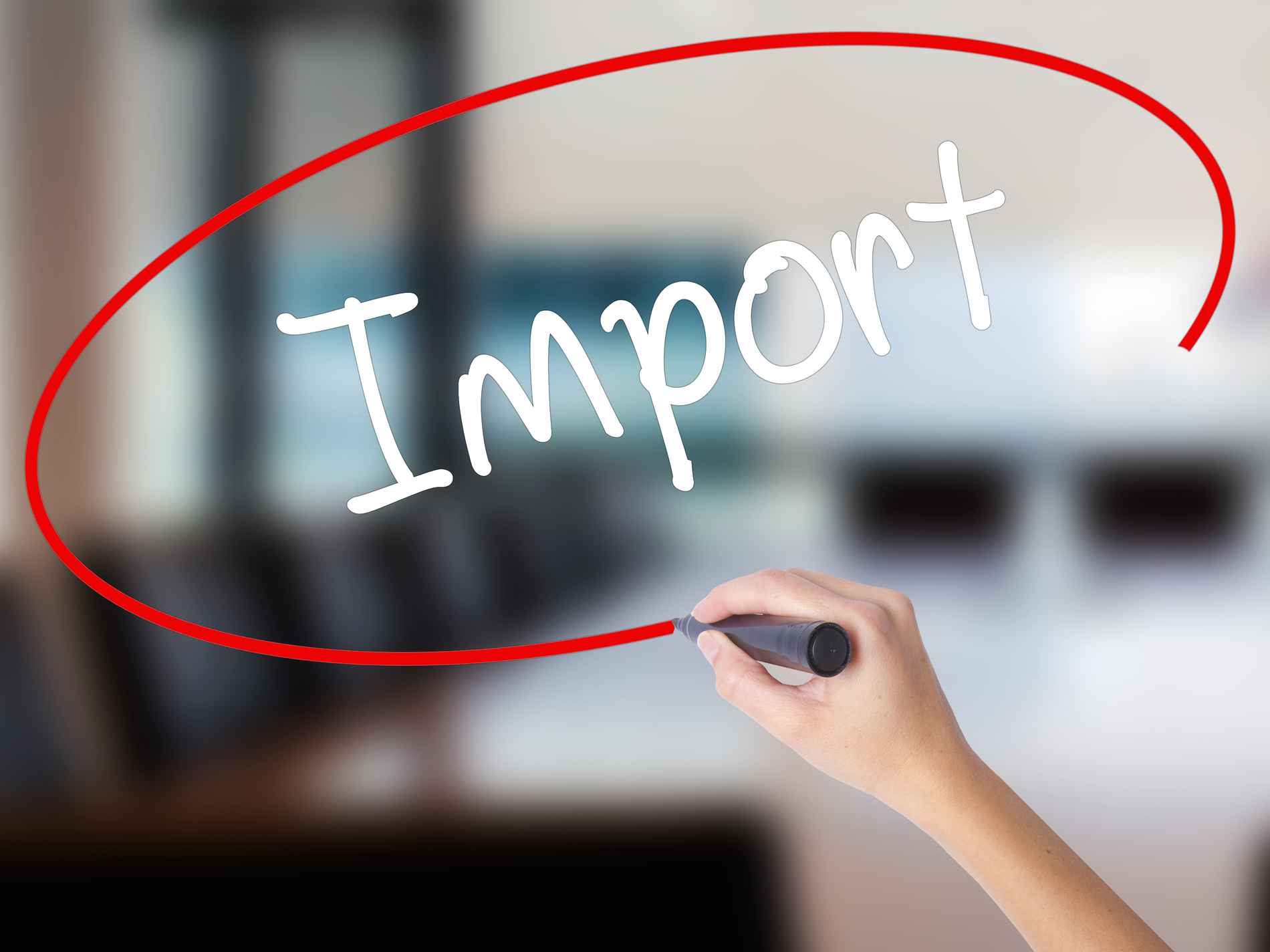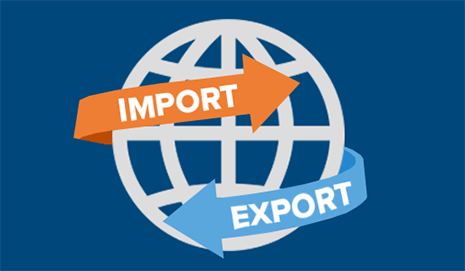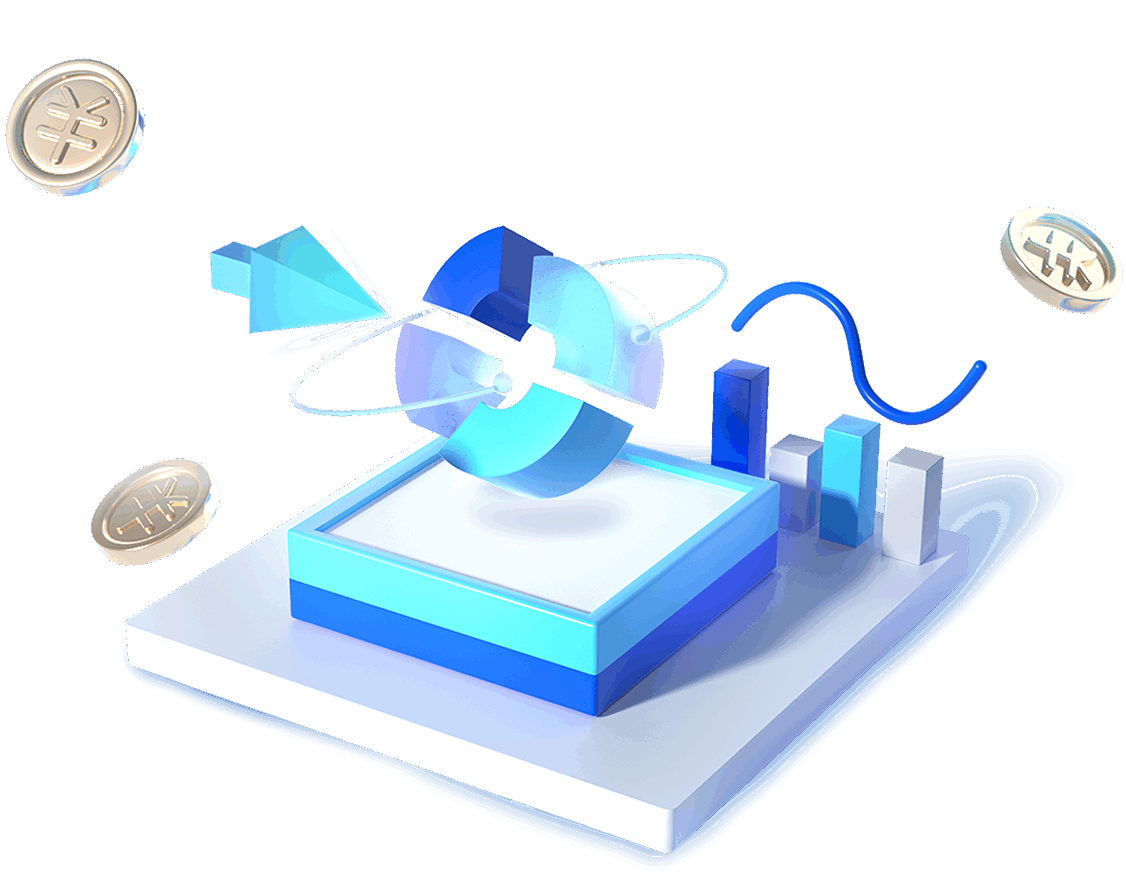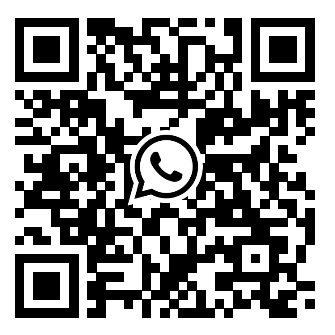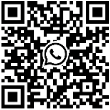 Trade Policy
Trade Policy
 2025-07-25
2025-07-25
Many salespeople confuse finding contact details with truly developing clients. This comprehensive guide walks you through actionable, step-by-step strategies—from market research and client profiling to value-based communication and effective follow-ups—to help you turn potential leads into loyal international buyers.

Many import-export salespeople confuse "Finding Client Contact Info" with "Developing Clients". In reality, the fundamental difference between the two lies in depth and results.
Finding a client's contact information is a tool-level task—essentially a data collection process. There are various low-cost and efficient methods, such as Google Search, Google Maps, LinkedIn, and trade data platforms.
For example,, you can use Tendata to filter out active Russian buyers with recent import records.
(Click to apply for a free trial)
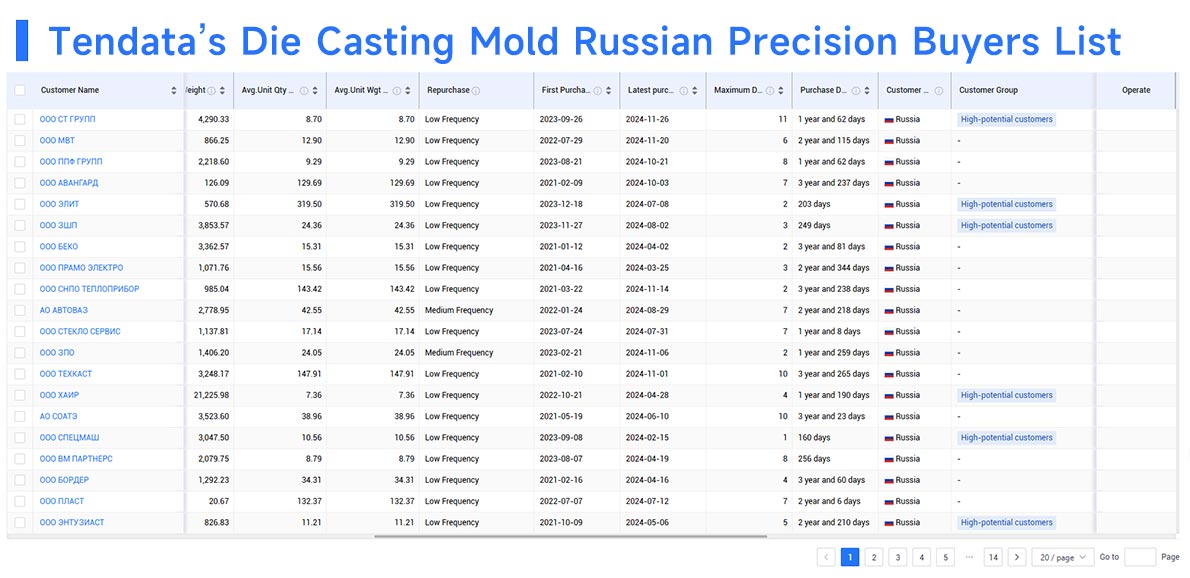
This is just the first step in client development—but not the most difficult one.
Client development is a comprehensive skill. It involves communication techniques, conveying product advantages, discovering client needs, and building relationships.
The core goal is to build trust from scratch and turn potential leads into real, paying clients. This process takes time, strategy, skill, and even a bit of psychology.
Many salespeople send a cold, generic email immediately after obtaining contact info—but in most cases, these messages go unanswered.
Here are some actionable steps you can implement. They might just work for you.
1. Preparation: Research & Qualify Your Clients
Before reaching out, study the client's website, social media (e.g., LinkedIn, Facebook), trade data, and news coverage to understand:
·Main business focus
·Company size
·Market coverage
·Core products
With in-depth analysis, you can uncover the importer's trade behavior, HS codes, supply chain, suppliers, and country of origin—critical intelligence to support your business strategy.
(Click for a free client analysis)
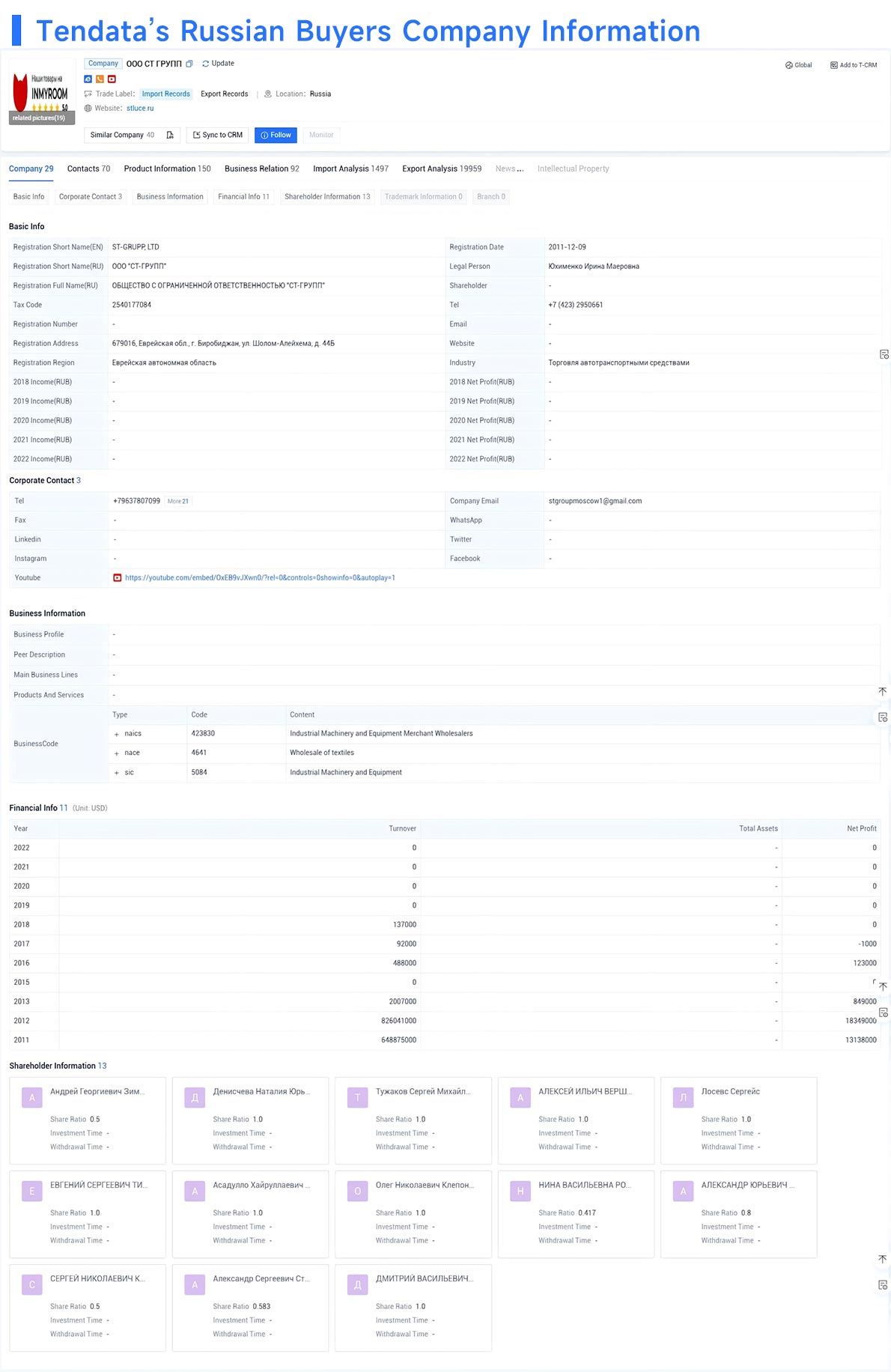
Fully understanding the client helps you identify their pain points—such as reducing costs, increasing efficiency, or solving specific technical issues.
You should also analyze their competitors and understand what sets those companies apart (pricing, service, quality, etc.).
In fact, your potential client's competitors could also be your potential clients. Always have a Plan B.
When you first contact a client, you should quickly point out a relevant insight or need, for example:
“I noticed your company is expanding into the North American market. Our products perform very well in that region and helped similar businesses increase sales by XX%.”
This grabs their attention immediately.
2. First Contact: Capture Their Attention
At this stage, your goal is to get the client to open your email or respond—so avoid generic templates and tailor your content to the specific client.
Don't jump into product details. First, show that you understand them and can help.
Optimize the subject line to 5–7 words, and make the body value-focused, not salesy.
If you've found the decision maker's name via LinkedIn, use it in the greeting.
A message beginning with “Hi John” is far more engaging than “Dear Sir/Madam.”
3. Start a Conversation: Use Questions to Build Rapport
This stage is about initiating dialogue with the target client.
Prepare open-ended questions that target their needs, such as:“Are you looking to gain more market share by controlling costs without sacrificing quality?”
If there's no response, try another question.
The depth of your client understanding directly affects your ability to spark meaningful interaction.
4. Deliver Value: Use Case Studies & Data
At this point, focus on what problems you can solve, not what products you're selling.
Share short, impactful success stories. For example:
“We recently helped a North American client (similar to your company) reduce production costs by 15% using our solution.”
If the client is hesitant, don't push your products too quickly. Instead, observe their interests and try to find common ground in the shortest time possible.
5. Progress Gradually: Follow Up Effectively
Now the focus shifts to building trust and staying top of mind.
·First follow-up: 3 days after initial contact
·Ongoing follow-ups: Every 1–2 weeks
·Always deliver value: Don't just ask, “Are you interested?” or “Did you get my email?”
Instead, share useful content—such as industry trends, market reports, or product updates.
Be patient: Most clients won't place an order right away, but consistent, valuable follow-ups are key to closing deals.
If emails go unanswered, try calling. Add a little humor to break the ice:
“I'm worried my email might've been kidnapped by your spam folder—if so, please rescue it!”
Humor is a powerful and rare charm—not many can resist it.
6. Close the Deal: Create Buying Conditions
Many opportunities are not found—they're created.
Use insights gathered from the previous five steps to tailor your proposal and close the deal.
In short, going from contact info to a completed order is a multi-step, in-depth process.
Don't rush into selling—build trust gradually and use your expertise and value proposition to attract clients, not just low prices.
And most importantly—be patient and offer value in every form possible.
These strategies won't bring results overnight, but if you stick with them, you'll significantly boost your conversion rate and order volume.
Try it—and see for yourself.
Category
Leave Message for Demo Request or Questions


 T-info
T-info T-discovery
T-discovery

 My
Tendata
My
Tendata Market Analysis
Market Analysis Customer
Development
Customer
Development Competitor
Monitoring
Competitor
Monitoring Customer Relationship
Customer Relationship




















